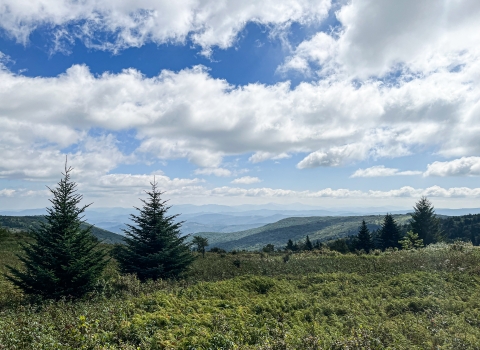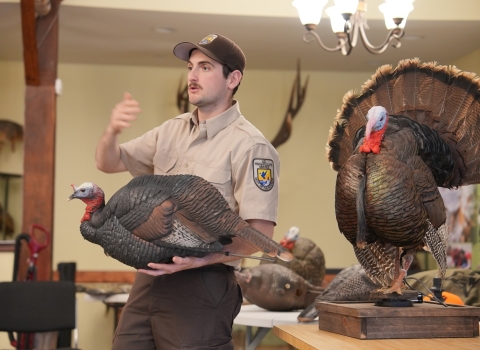We continue to meet the conservation mission of the U.S. Fish and Wildlife Service for the American public every day in the Cache River Watershed, as we work to manage waterfowl and other trust species across this special landscape. We want to assure folks that we continue to meet our biological and greater resource management tasks uninterrupted on the ground and in-person at the refuge. This means that refuge staff continue to work onsite, attending to moist soil management and patrolling during hunting season, as well as other essential functions.
Resources for planning your visit
Planning a visit to see the towering bald cypress and water tupelo trees that make this refuge so special? Give us a call at 618-997-3344, email us at CypressCreek@fws.gov or stop by our sister refuge. The Crab Orchard National Wildlife Refuge Visitor Center is open from 8:00 a.m. to 4:00 p.m. every day. Our robust support team is happy to help you plan your next trip to Cypress Creek National Wildlife Refuge.
We closed the visitor contact station at Shawnee Community College on September 30, 2024, and began routing visitor services-related needs to the visitor services team at the Crab Orchard National Wildlife Refuge Visitor Center about 30 miles away. Given the proximity of these refuges to each other, and the daily availability of visitor services professionals, visitors have been able to get helpful information as they plan a visit.
Continuing conservation
Resources supporting our agency’s work are strong. Our conservation work continues unchanged, and refuge lands remain open for exceptional outdoor experiences, including paddling, hiking, wildlife viewing, hunting and other wildlife-dependent activities. In addition to public access to these lands and waters, we continue to manage for waterfowl and other trust species.
Cypress Creek National Wildlife Refuge has been, and continues to be, deeply rooted in the conservation of the lands and waters of the Cache River Watershed of southern Illinois. Established in 1990 under the Emergency Wetland Reserve Act, the refuge is part of the largest remaining swamp and forested wetland habitat in the midwest, and includes some of the oldest living trees east of the Mississippi River. Focused on protecting, restoring and managing 17,000 acres of wetlands and bottomland forests, the refuge footprint touches four counties between the Ohio and Mississippi rivers, and is rife with bald-cypress and water tupelo trees, ancient giants that have stood here for centuries.




